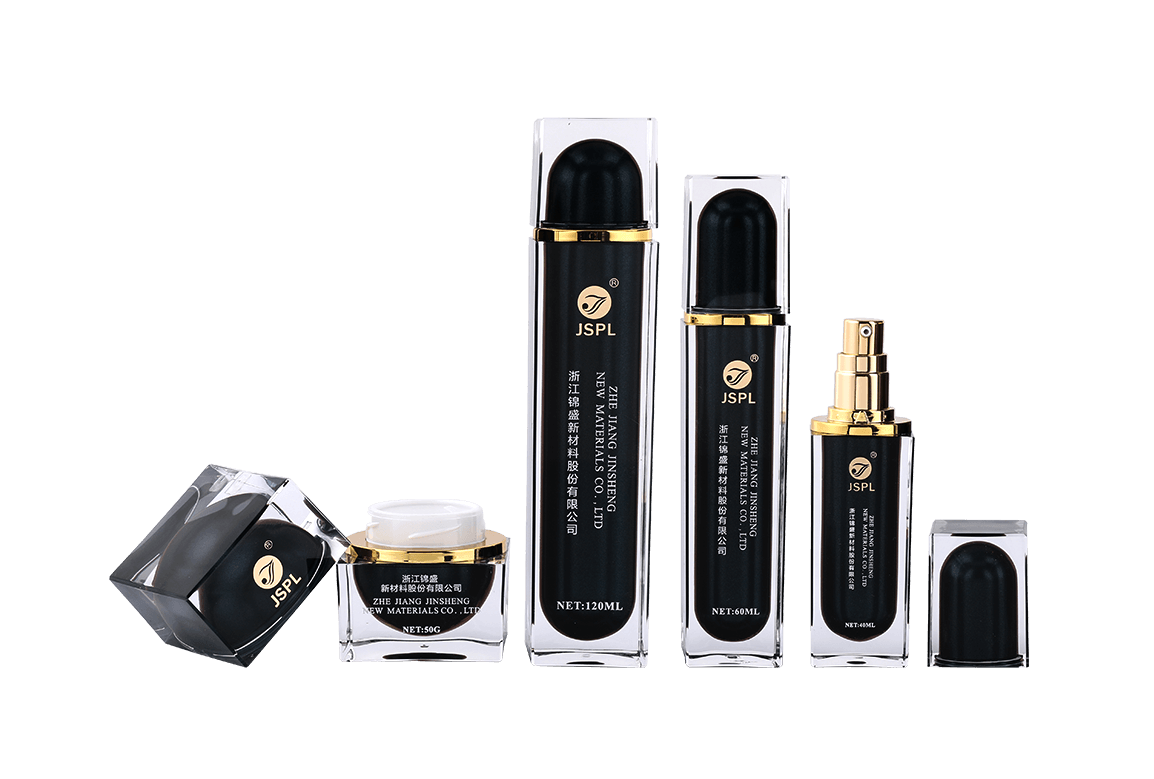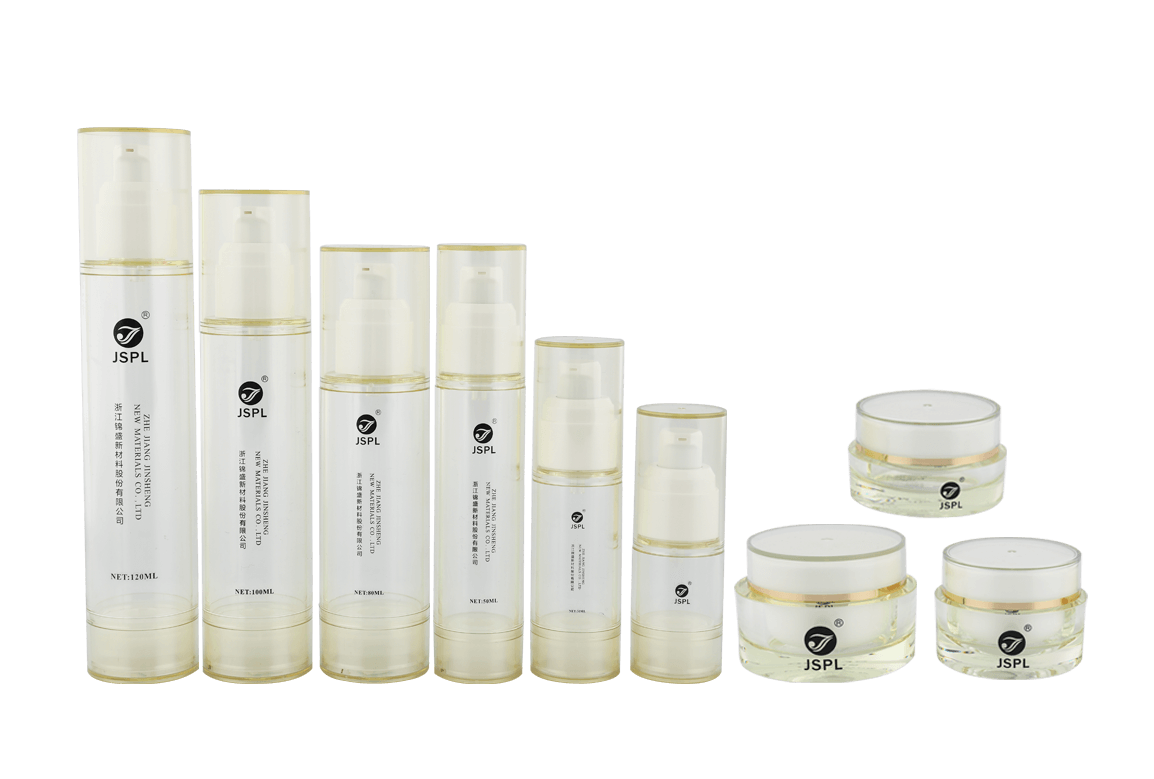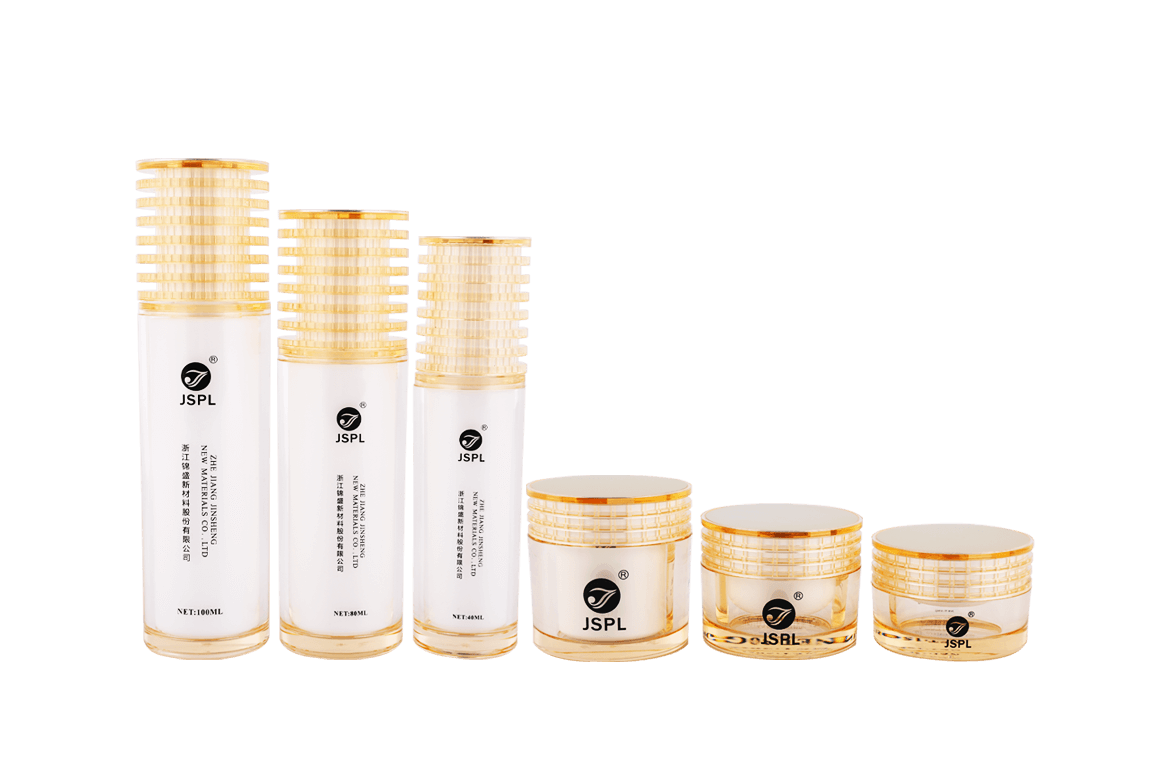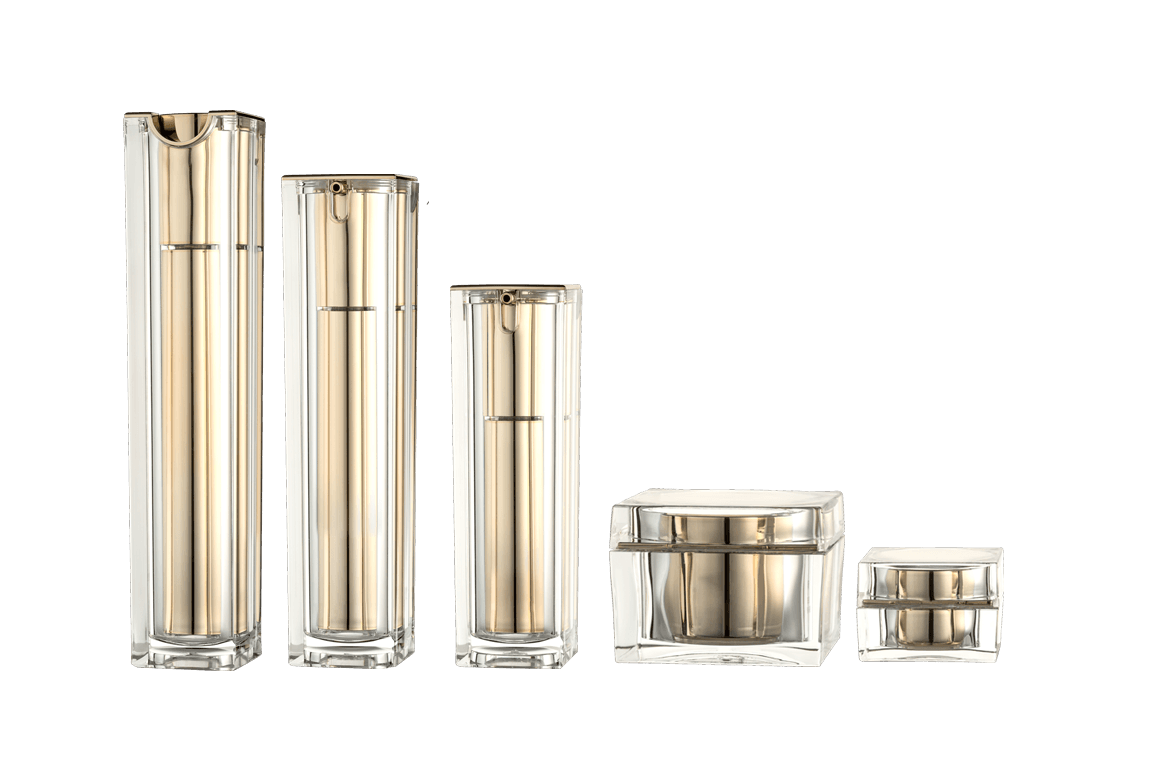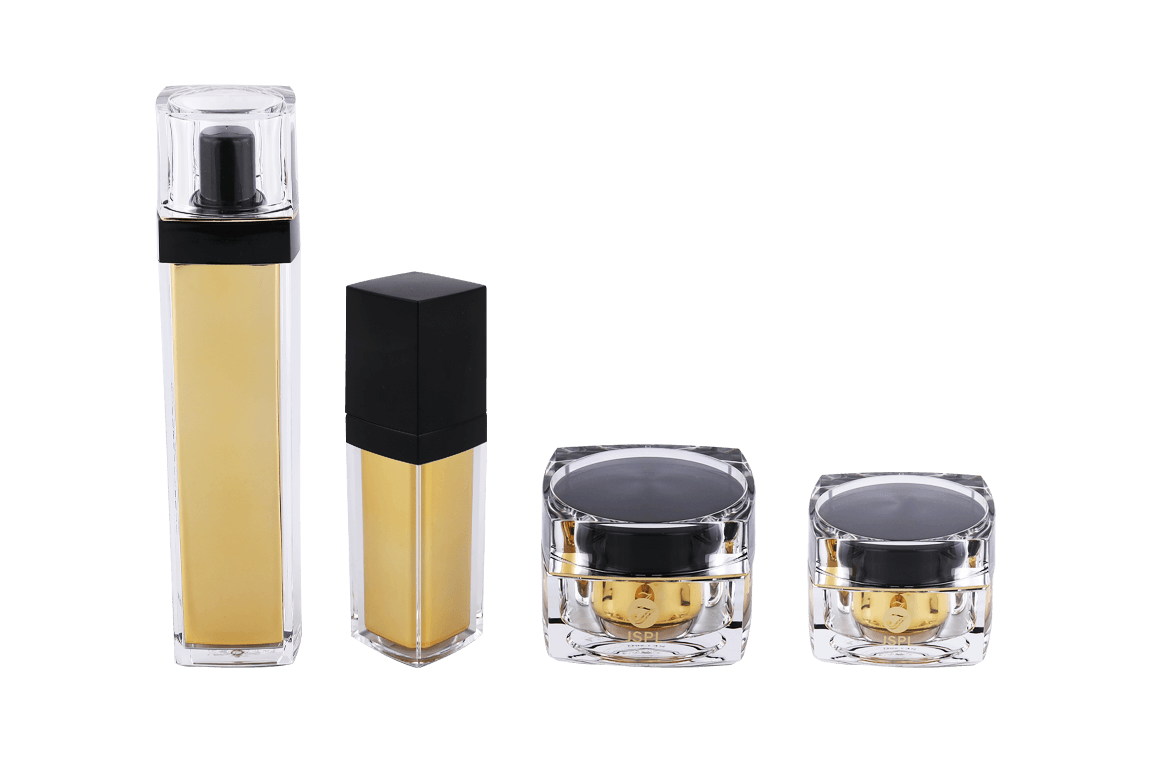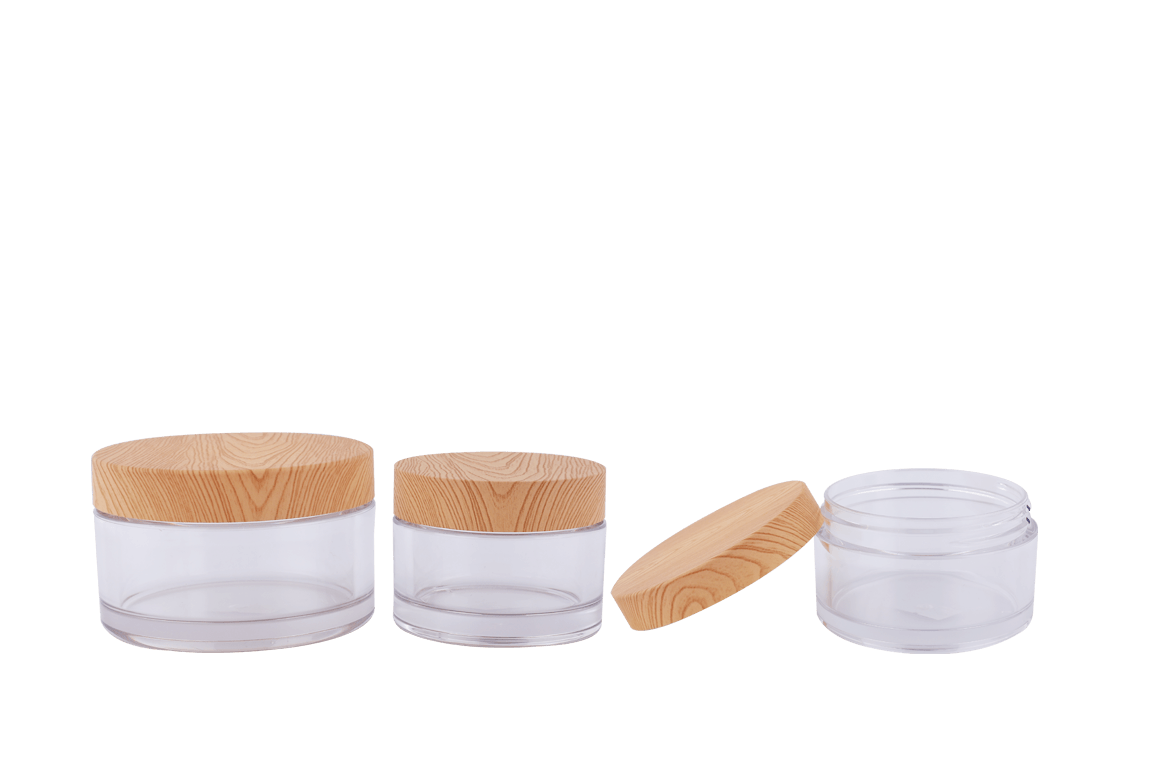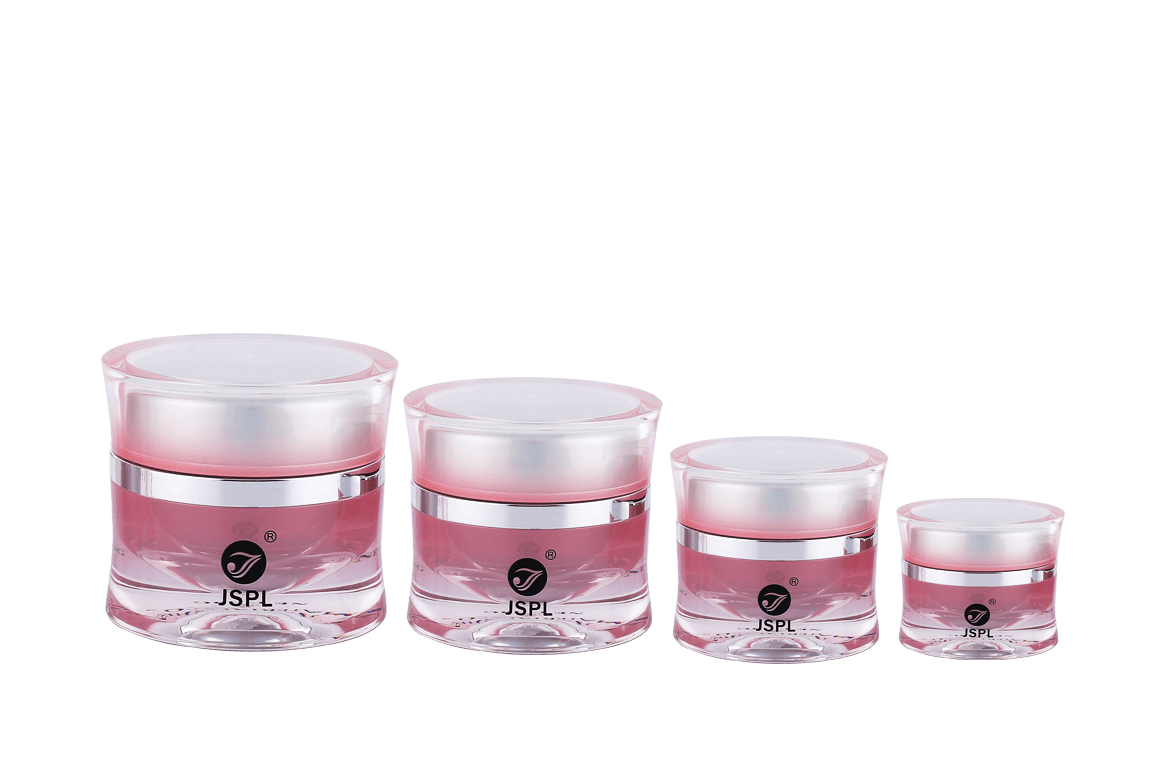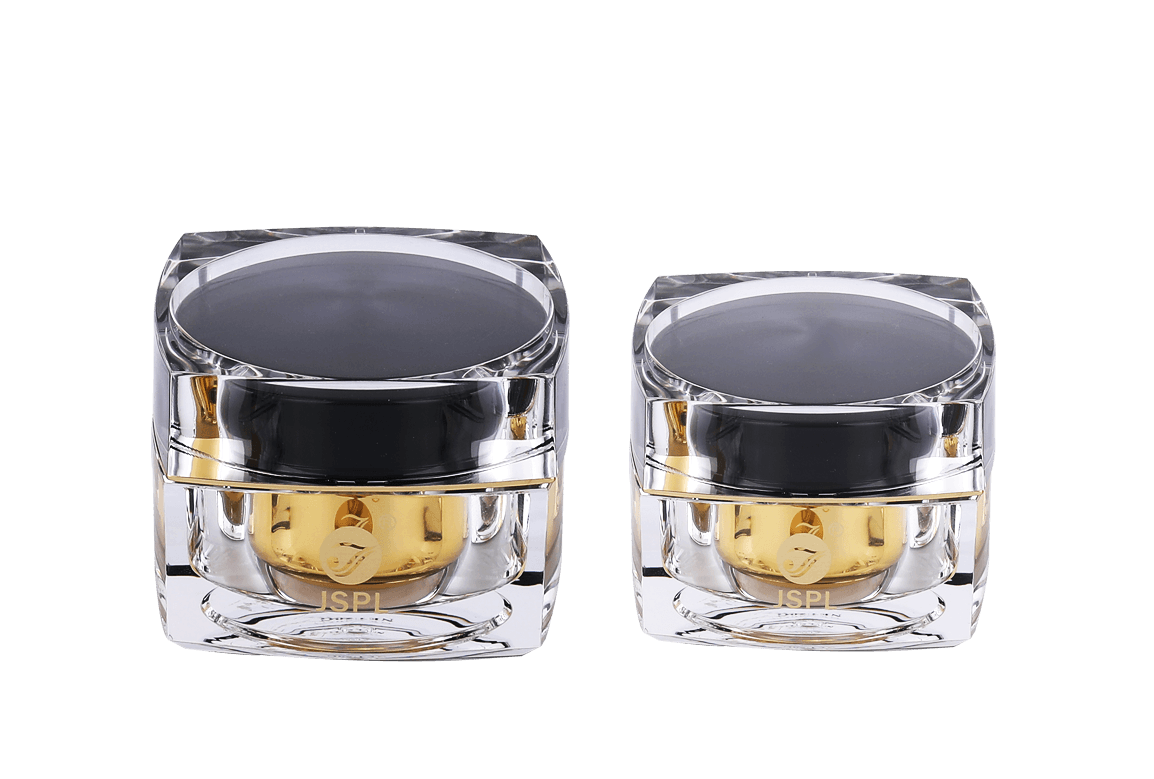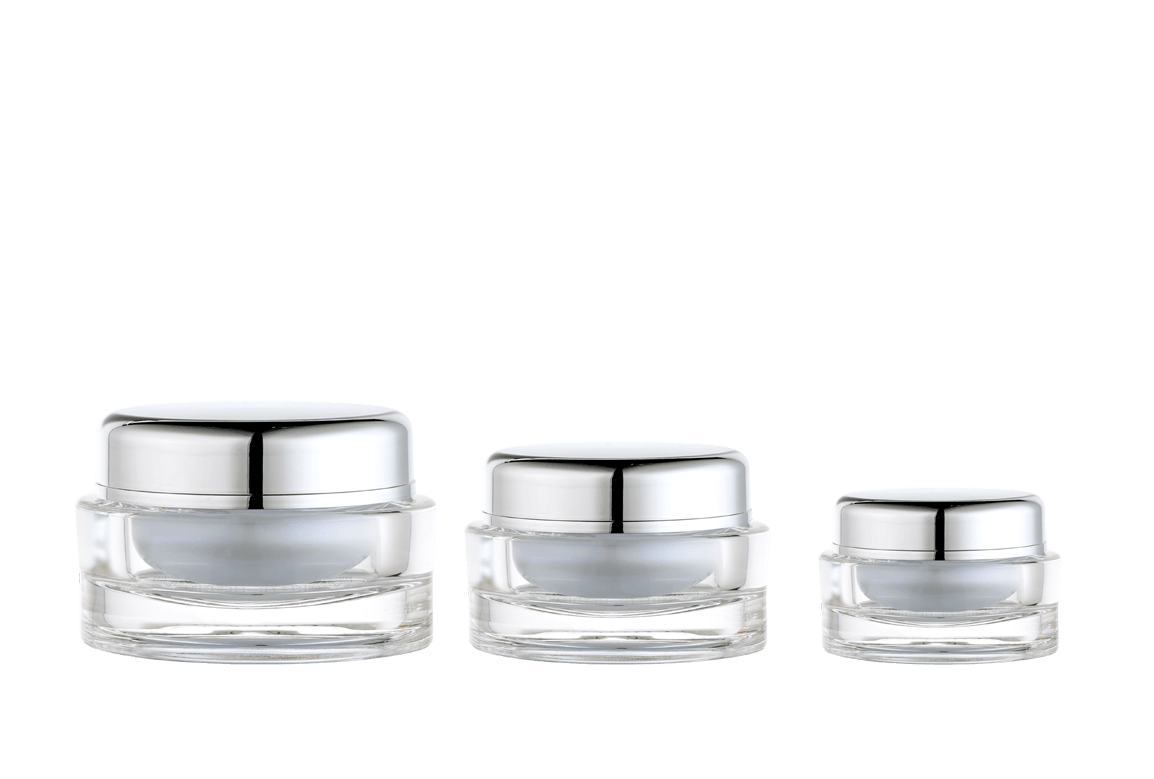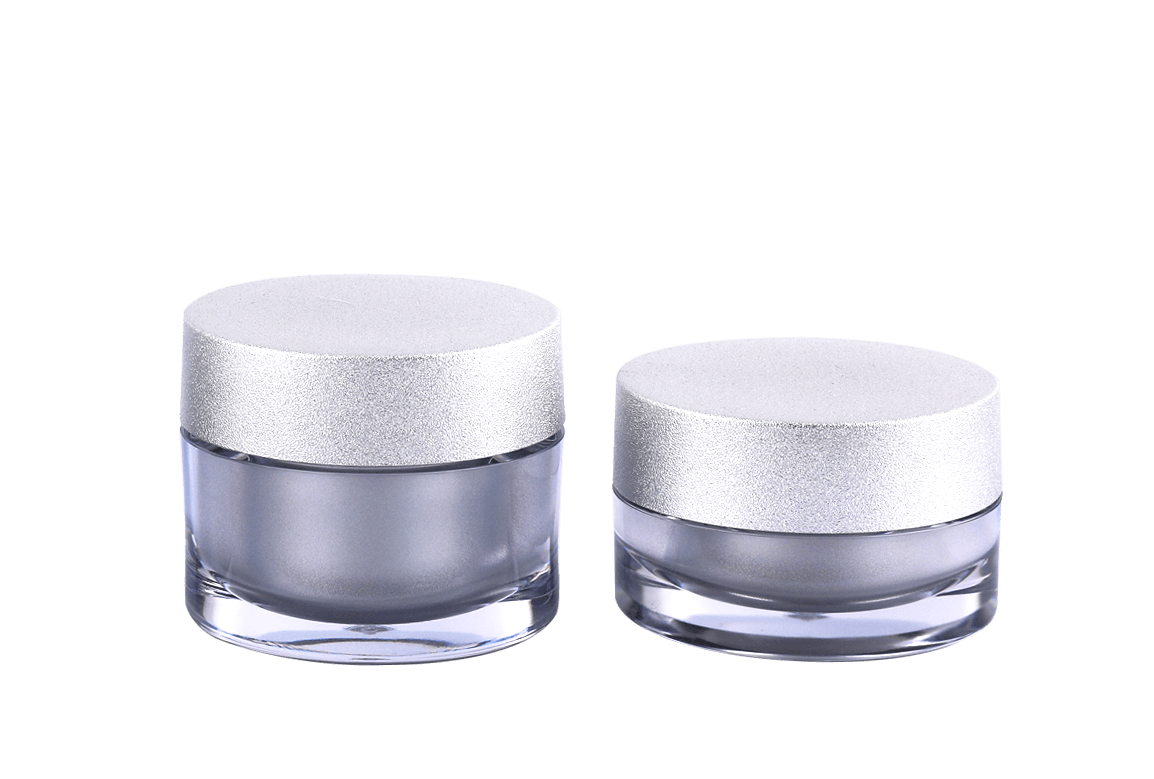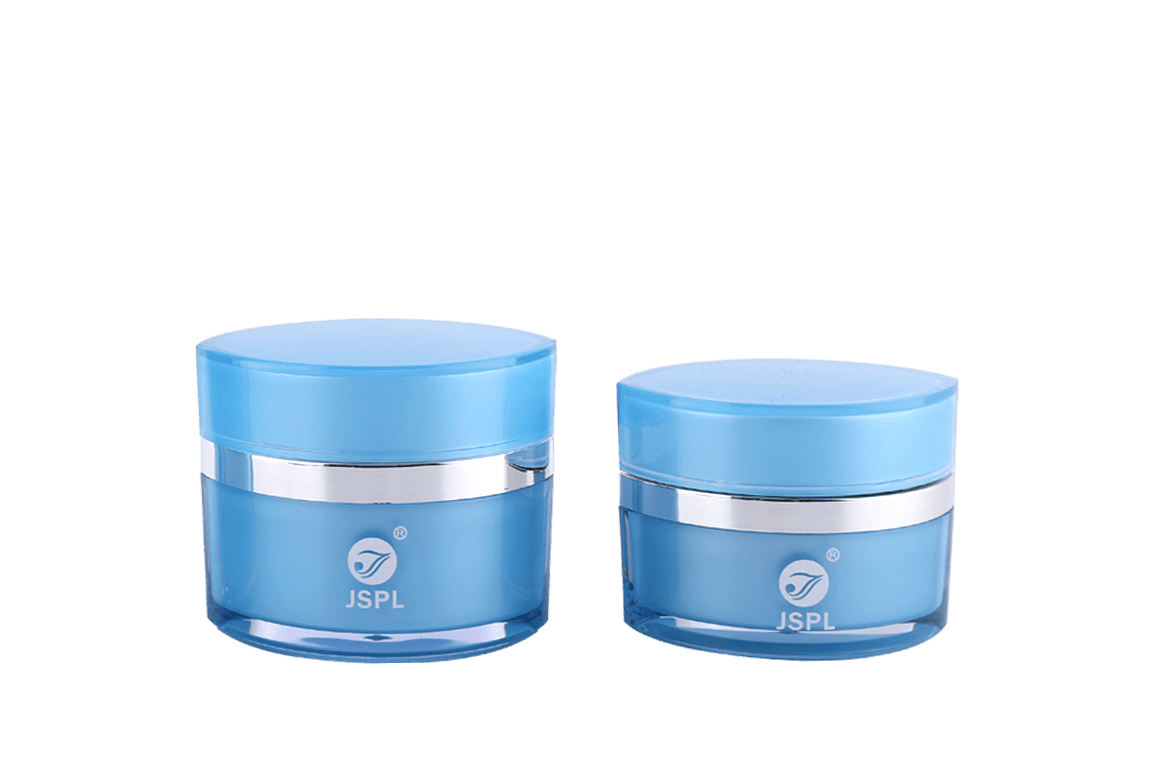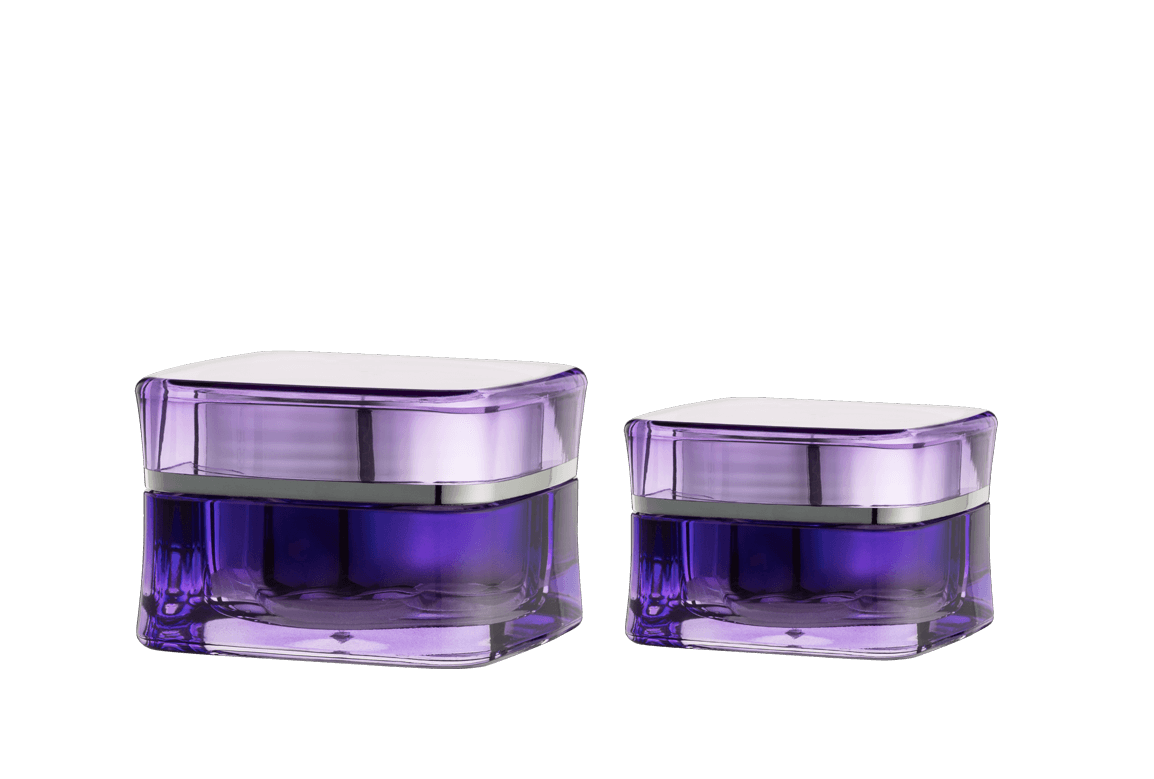Acrylic and plastic are definitely different. But in real life, many people easily confuse acrylic with plastic. Acrylic is plexiglass. Acrylic sheet can be divided into casting type and extrusion type according to the production process. The performance of the casting type plate is better than that of the extrusion type, and the price is more expensive. The casting type plate is mainly used for carving and decoration , Crafts production, extruded type is usually used for advertising signs, light boxes and other production. Plastic is a macromolecular compound (macromolecules) polymerized by addition polymerization or polycondensation reaction. It is commonly known as plastics or resin. It can freely change its composition and form. It consists of synthetic resin and filler, Plasticizers, stabilizers, lubricants, colorants and other additives. The main component of plastic is resin. The term resin was originally named after lipids secreted by animals and plants, such as rosin, shellac, etc. Resin refers to a polymer compound that has not been mixed with various additives. The resin accounts for about 40% to 100% of the total weight of the plastic. The basic properties of plastics are mainly determined by the nature of the resin, but additives also play an important role. Some plastics are basically composed of synthetic resins with no or little additives, such as organic glass and polystyrene. The so-called plastic is actually a kind of synthetic resin. Its shape is similar to that of pine resin in natural resin. It is artificially synthesized by chemical means and is called plastic. Let's take a look at what is acrylic! Look at the four sides of the material. It is obvious to tear the paper mold at the corner of the material and look at the light or lamp. The surface of the paper mold is not damaged. Generally, the new material board produced recently is firmly attached to the paper mold.

Acrylic has many advantages:
It can be said that acrylic is currently the best new environmentally friendly material that can produce sanitary ware after ceramics. It has unparalleled high brightness and bright colors, which can meet the personalized pursuits of different tastes and different industries; good toughness and not easy to break (the bathtub and toilet made of acrylic are durable); the texture is soft, and there will be no cold bones in winter Feeling; strong repairability, cleaning and maintenance is also very convenient.
Does acrylic have no shortcomings? Yes. First, it is very hard, like iron; then, traditional processing is difficult. But with the continuous advent of various high-tech products, these two points are not a problem. Now we have a thousand ways to polish and polish it.
Laser cutting
Laser cutting, iron cutting like mud, and high energy beams are all melted. It adopts non-contact processing, which can minimize the deformation of acrylic materials. Precise cutting, not only can cut out complex personalized patterns, but also reduce the waste of saw blade waste. The cutting seam has no cracks and the cut is smooth, generally no post-processing is required. Laser cutting is currently the most commonly used method for cutting acrylic.
Laser engraving and drilling
By presetting the processing pattern on the computer, you can sculpt in various shapes. Of course, it can also be used to punch holes at designated locations. Compared with traditional machining operations, laser engraving and punching have higher precision and less consumables.
Hot bend
The hot bending process is based on the characteristics of acrylic, by heating at the specified position, so that the target position becomes soft, so as to manually bend into the corresponding angle (such as right angle, flat angle, 30 or 45 degree angle, etc.) to meet the needs of the product.
polishing
What? After laser cutting, the surface and corners are not smooth enough? It doesn’t matter. Go on the laser polisher and continue to disk it. There are two methods of polishing: cloth wheel polishing and flame polishing. Choose different polishing methods according to the characteristics of different products, so that the edges and corners of the products are more uniform and the brightness is brighter to meet your pursuit of perfection.
Printing and UV printing
With the development of technology, large-scale inkjet printing, UV printers can also print larger and larger sizes, supporting high-definition printing effects with a width of 3 meters or 5 meters, and the printed object is no longer a single paper, cloth, and the like. For some flat objects such as glass and ceramic tiles, high-definition printing effects can also be made. What's more, they can also print embossed effects, giving people more visual effects.

 Chinese
Chinese España
España Italia
Italia Le français
Le français
